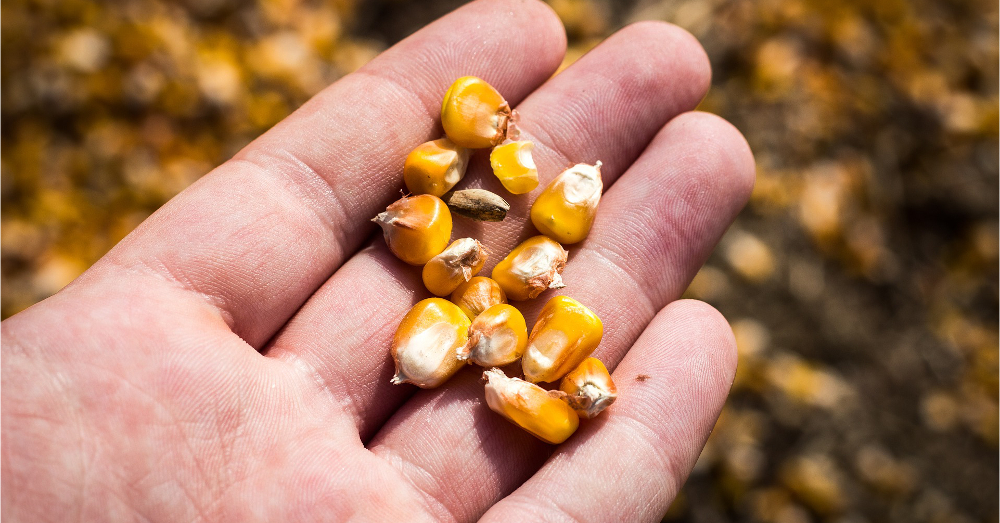
Seed Grower Targets Organic Segment, Nematode Resistance
“In 2018, we are transitioning some of our farm to organic production so we can supply this nematode-resistant cover crop to organic farms,” said Greg Payne, a fourth-generation farmer who is optimistic about the future. “With soil health and the cover crop movement on the rise in agriculture, I believe there is good opportunity for seed production.”
March 8, 2018 | Source: Capital Press | by Brad Carlson
Greg Payne grows all of his crops for seed production.
“In 2018, we are transitioning some of our farm to organic production so we can supply this nematode-resistant cover crop to organic farms,” said Payne, a fourth-generation farmer who is optimistic about the future. “With soil health and the cover crop movement on the rise in agriculture, I believe there is good opportunity for seed production.”
For much of his farming career, he raised crops such as wheat, corn, potatoes, beets and pinto beans, at times fetching commodity-like prices. He started raising hybrid sweet corn seed around 1990 and subsequently transitioned to growing more seed crops as opportunities arose. GSP has been almost entirely a seed producer for the past half-dozen years or so.
“In seed production, you need to be detail-oriented,” Payne said. “If you take shortcuts, it will come back to haunt you.”
For example, successfully growing hybrid sweet corn seed largely hinges on when the male and female varieties are planted and when the latter is de-tasseled by hand, all of which affect pollination timing. “Hybrid sweet corn is definitely our most challenging crop to produce,” Payne said.
